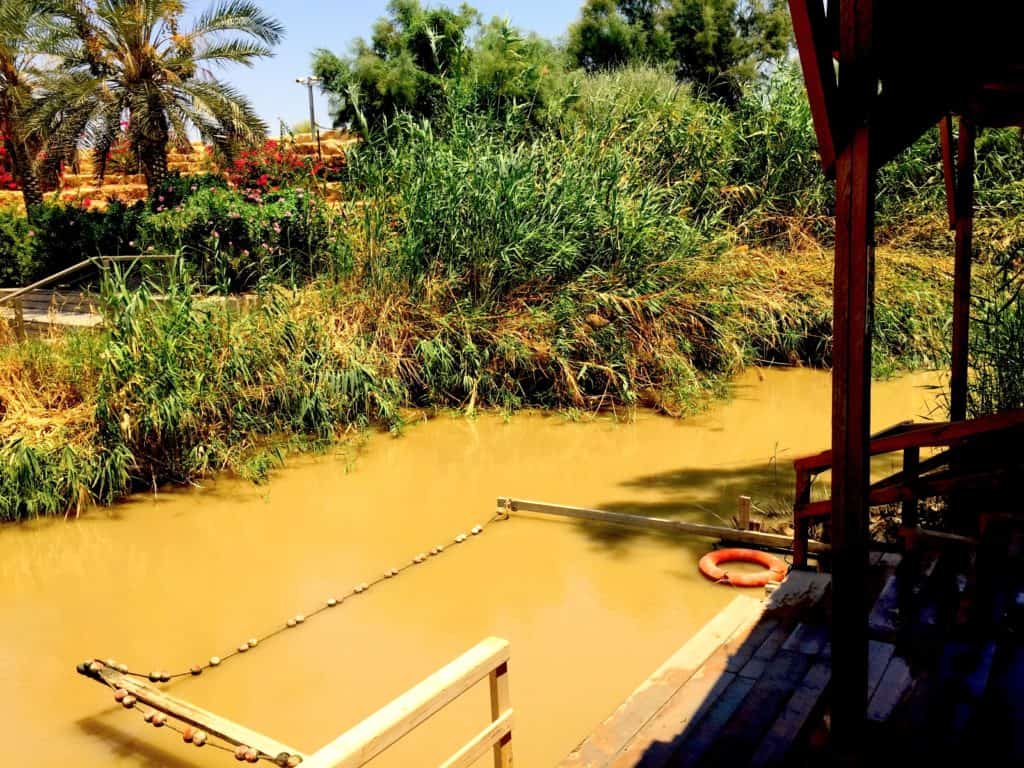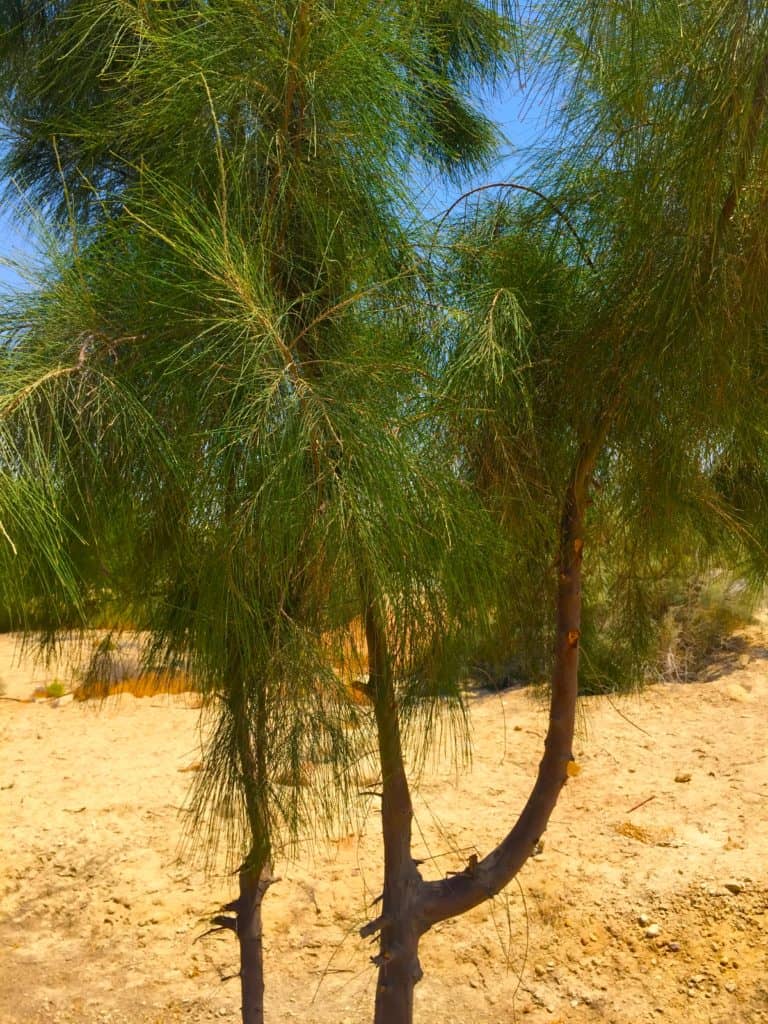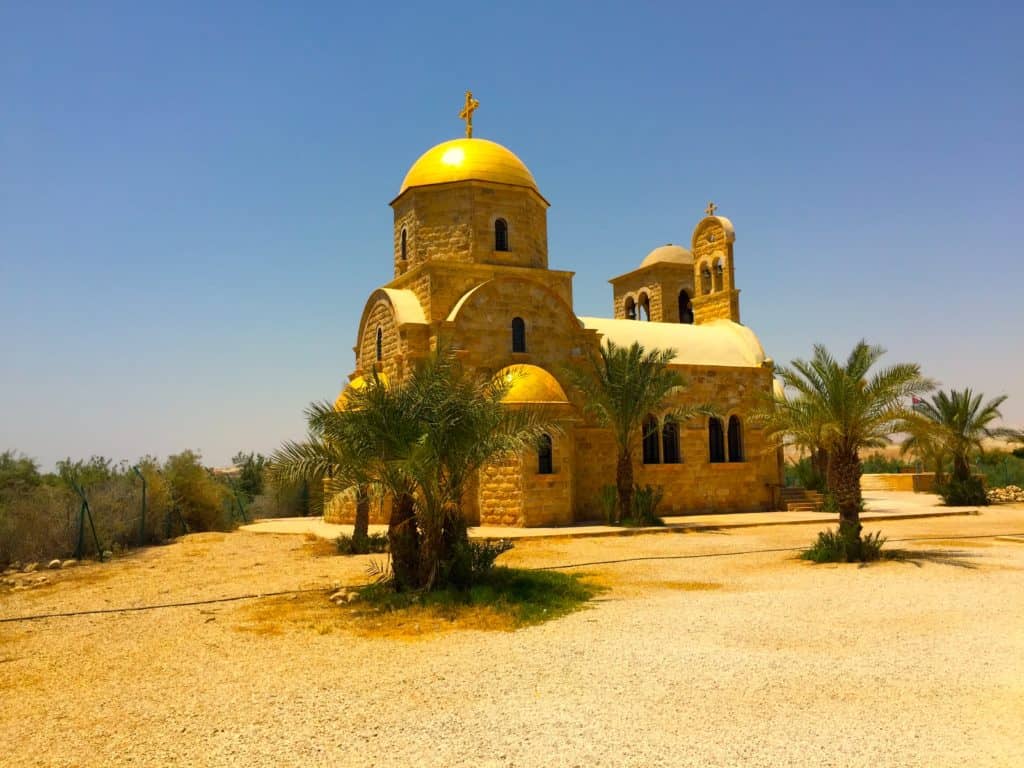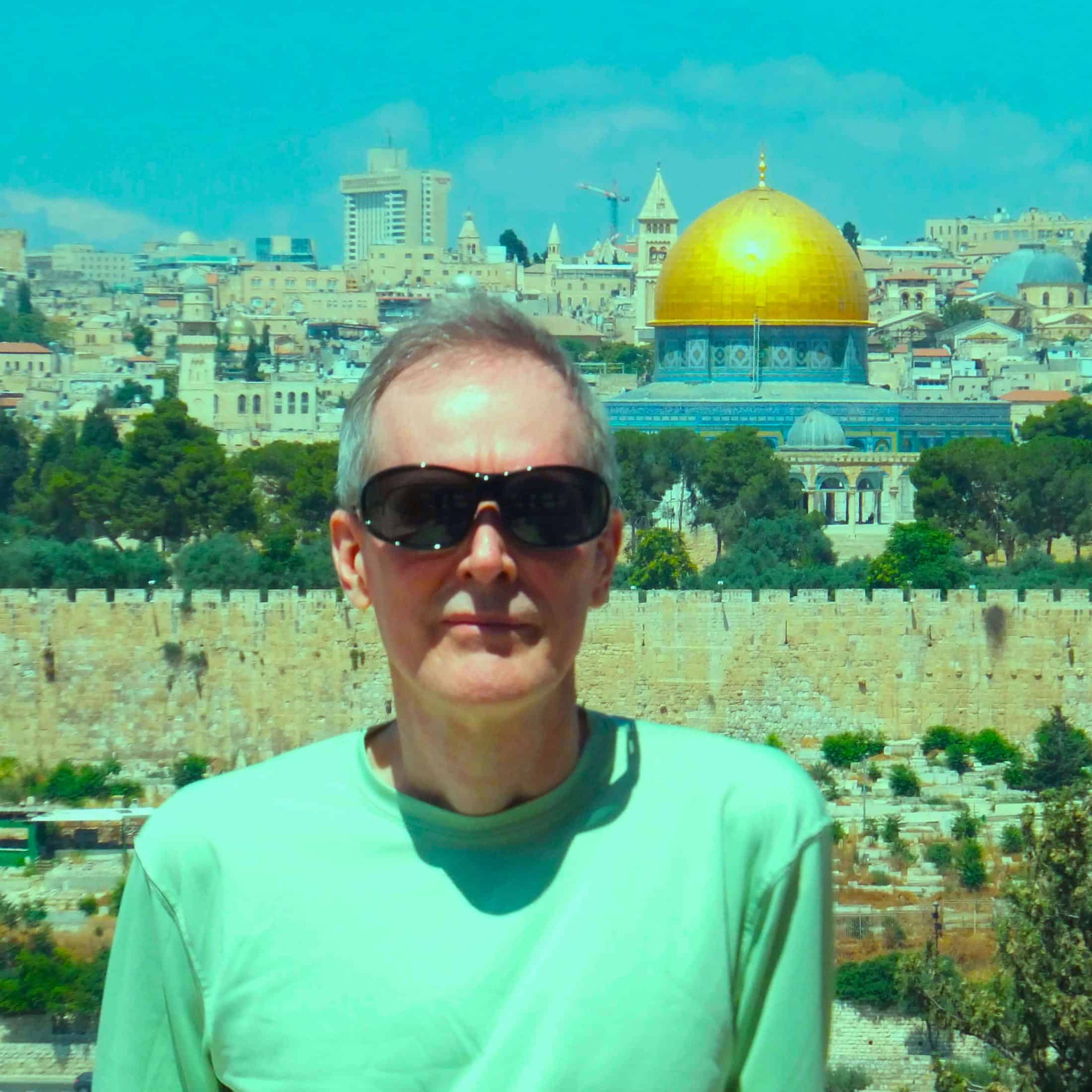Ever wondered what it was like to be there on the day Jesus came to the Jordan River to be baptized by John?
There are a lot of questions I’d like answered:
- When and where exactly did this happen?
- What did the place look like?
- What was it like to get baptized by John?
Where Did John Baptize?
The four gospels all say that Jesus met John at the Jordan River.
Mark’s account is earliest and says that John was “in the wilderness” and also “at the Jordan River.”
Matthew’s account was written a bit later and is very similar, with more details.
Luke’s account was written a bit after Matthew’s, and includes the interesting detail that John appeared in “the fifteenth year of the reign of Tiberius Caesar,” which puts it somewhere around the year A.D. 28 or 29.
All three of these gospels say that John baptized Jesus.
The gospel of John doesn’t actually say Jesus was baptized. It does say that John was baptizing in the wilderness “on the other side of the Jordan,” and it tells how Jesus met six of his disciples there—Peter and Andrew, Philip and Nathaniel, and two others who aren’t named.
That’s all the biblical data we have on where the baptism happened.
As usual, when data is lacking, there are plenty of traditions to fill in the gaps.
The Traditional Baptism Site
There’s a traditional site at the Jordan River, just a few miles north of the Dead Sea, where John is said to have baptized Jesus.
The Jordan River is part of the border between the modern State of Israel and the modern Hashemite Kingdom of Jordan.
If you visit on the Israeli side of the river, you’ll see tourists there getting baptized.
If you visit on the Jordanian side, you’ll be shown a fairly large site that extends from the river eastward for several hundred yards. Inside that zone is an ancient monastery complex and a modern chapel. The site has been declared by UNESCO as a World Heritage Site.
But Is It The Real Baptism Site?
We don’t have strong evidence that the sites on either the Israeli or Jordanian sides are the exact location where John was baptizing.
The monastery on the Jordanian side dates from a few hundred years after the time of Jesus.
The sixth-century Madaba map is a mosaic that seems to put the baptism site on the Israeli side.
But neither of these are dated very close to the time of Jesus.
So I wouldn’t say that we can locate the baptism site on a map with any real precision. For one thing, the Jordan River, like all rivers, tends to shift its banks over the centuries. For another, the real site could easily be a few miles north or south of the traditional site.
What we can say is that the traditional baptism site gives us a reasonable idea of what the actual site looked like, wherever that might be.
Pictures of the Traditional Baptism Site
My wife and I visited the traditional baptism site on the Jordanian side this past July.
If you’ve always pictured the Jordan River as a broad, raging torrent, you’re in for a surprise. In modern times, most of the water from the river gets diverted for agriculture, so the river is narrow and shallow. At the traditional baptism site, it’s about twenty feet across, and the water looks to be about waist-deep.
Our guide told us that when his father was young, the river was never less than fifteen to twenty meters across. That’s still not very wide, but it’s a lot bigger than the river you see today.
Here’s a photo of the river as I saw it:

The traditional site is more than 1000 feet below sea level, which makes it very hot. On the day we visited, it was over 100 degrees. The sun burned down on us out of a clear blue sky. We saw some date palms, some acacia trees, and a lot of tamarisk trees, which have very spiny leaves that don’t lose much moisture in the blazing sun. Here’s a closeup picture of a small tamarisk tree:

And here’s a picture of some small palm trees near a modern chapel:

Imagine the Day John Baptized Jesus
Imagine you’re there on the day Jesus comes to John to be baptized.
During the heat of the day, you rest with your friends in the thin shade of a tamarisk tree. Hundreds of people have come from Judea and Galilee to listen to the prophet John.
Later in the afternoon, John comes out and gives his message, warning Israel to repent or be consumed in the coming judgment. He’s wearing a rough tunic woven from camel hair and a belt made from the skin of some wild animal, and he looks exactly the way you’ve always imagined the prophet Elijah, in days of old.
You repent. Then you walk down into the river to do a traditional Jewish purification ceremony.
Since you’re in public, you keep your tunic on until you’re in water up to your neck. Modesty is important to you, and the last thing you’d want to do is expose your nakedness. But the law requires you to be completely naked for the purification ceremony.
Fortunately, the Jordan River is murky and greenish-brown. Once you’re far enough into the water, you pull your tunic up over your head. Now you’re naked, so you’ve met the requirements of the law. But nobody can see anything except your face, because the water is so murky.
You plunge below the surface of the water, immersing yourself completely, including the tunic you’re holding in your hand.
Once you’ve immersed, you’re now ritually clean, and so is your tunic. You pull your wet tunic back down over your head and cover your body. Your tunic is clumsy and hard to handle, so it takes a long time, but you finally get it back on.
You slog back to the bank and clamber up out of the river.
In the evening, you eat a meal of celebration with your friends. You spread out your cloaks on the pale sand and recline under the stars. You eat traveler’s food—bread and cheese and dried figs and almonds. You wash it down with beer or wine from a skin.
Somebody sings a song.
Your friend recites the poem of the creation of the world.
You stand and tell the story of how Joshua led your people across the river more than a thousand years ago and conquered Jericho. You look across the river and see the lights of Jericho in the distance. You can’t help feeling that this is the most exciting time to be alive. The kingdom of God is breaking in!
A young Galilean reclining a few feet away smiles at you. He stands and tells a story you’re not familiar with. It’s not taken from the sacred writings. But it’s the best story you’ve ever heard.
When things settle down for the night, you roll up in your cloak and lie back in the sand and stare up at the stars and wonder what’s going to happen next …
